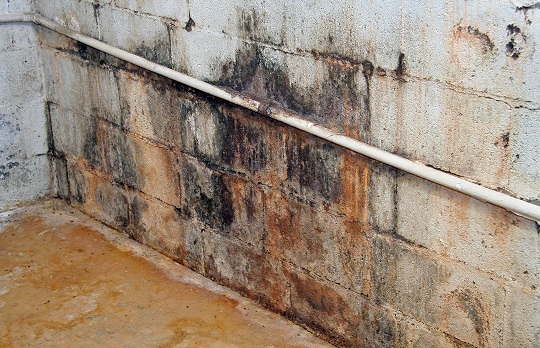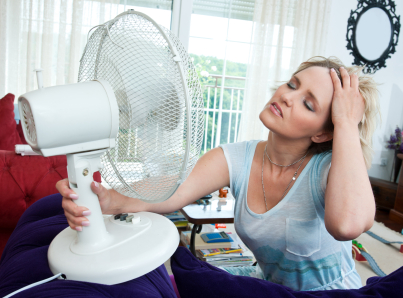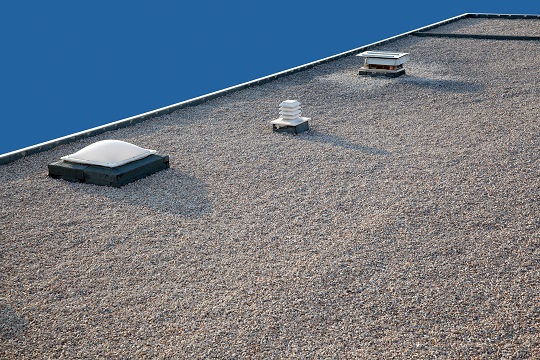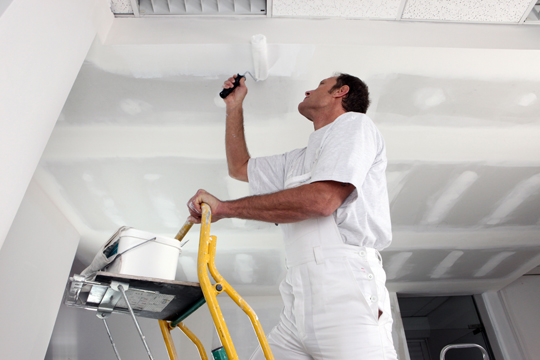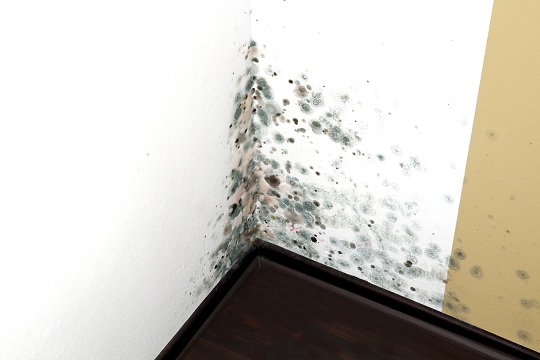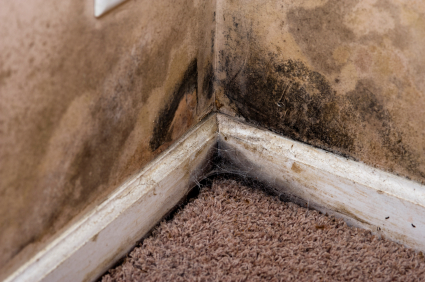Mold is an organic material which will develop and spread given the right environment. All it requires is a sufficient amount of moisture. The source of moisture can be condensation, drops of water from leaking pipes or high levels of humidity in a home. The typical materials where mold grows include paper, natural fibers, ceiling tiles, and drywall.
Identifying Household Mold
Household mold is a common problem for homeowners, because there are many areas inside a home with enough constant moisture to support its growth, and because mold spores are practically everywhere. When inspecting and identifying household mold, check out the following typical breeding grounds of mold:
– Flood damaged rooms
– Wet ceilings resulting from a leaky roof
– Plumbing leaks or areas with drainage problems
– Damp basements and crawl spaces
– Kitchen and bathroom areas most often exposed to steam
– Poorly insulated/ventilated ductwork that has high condensation levels
– Humidifiers
– Clothes dryers with indoor vents
– Wet clothes left to dry indoors
Signs of Mold
When you’re identifying household mold, it’s crucial to find which areas in your home have water damage or moisture problems. Look out for discolored walls and ceilings, warped floors, or moisture beads on windows or walls. Mold will definitely grow on or around these surfaces, if it hasn’t developed already.
The simplest way of identifying household mold is to check out the areas of your home and look out for any visible signs of mold. You can usually see a mold problem when it is present.
Mold often appears as slimy or fuzzy patches. There are different colors of mold including white, blue, green, brown, orange or black. As mold develops, the patches increase in size.
Also, a mold problem frequently produces a noticeably unpleasant smell. In fact, mold’s distinct musty smell is often the first sign of a problem. If you can smell it, then it’s safe to assume there’s a mold problem in your home. Follow the odor trail to get to the source. You may need to look under surfaces or behind walls to find mold growth.
There are several areas in a home that are very prone to mold growth, such as shower curtains, shower stalls, bathroom tiles and surfaces surrounding air conditioners. Be sure to clean these areas routinely to control mold growth.
Do You Have Mold?
If you need help with identifying household mold or removing mold, TalkLocal can quickly match you up with qualified mold removal specialists in your area. Try us now!

